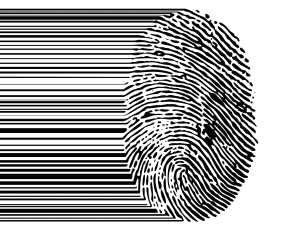Data is the engine that powers decisions throughout every department of a healthcare system. In any clinical environment, inventory management data is important to ensure efficiency and maintain safety standards. And when it comes to inventory data, it’s not just quantity that’s important. Ease of access to trusted, quality information is key. That’s where Unique Device Identifier tracking comes in.
Unique Device Identifier (UDI) refers to the system of labeling information that identifies medical devices sold and distributed for patient use. This includes everything from the serial number, expiration date, and any other product attributes. Additionally, given recent updates to the regulation, the UDI also includes the date of manufacture.

While the FDA has extended its deadline for requiring certain devices to include the UDI label, having that information as soon as possible will empower better healthcare delivery and patient safety. That’s why Owens & Minor has already developed the ability to electronically track and transmit this machine-readable data in its QSight platform.
“Adding the date of manufacture allows providers that much more insight to the product that’s in their hand,” said Randy Ho, Senior Clinical Innovation Specialist, Owens & Minor. “They can better track potential recalls and more accurately gauge the product’s ability to serve the patient.”
Owens & Minor’s QSight inventory management solution provides a direct path to UDI storage and transmission. With a single scan, a product’s UDI is captured and linked to an extensive product database. This then allows users to leverage the visibility provided by QSight to efficiently manage and control their inventories to proactively address everything from low stock levels to expirations and recalls.
“At the end of the day, it’s all about patient safety,” said Ho. “Having the UDI data on-hand now helps mitigate risk and helps alleviate the burden of inventory tracking from healthcare providers. It benefits everyone.”
QSight has the ability to capture and store UDI data, and Owens & Minor continues to pursue further updates to the solution to meet the needs of an ever-changing industry.
“We’re always looking to best capture and distill the data we collect so that it’s as useful as possible for our healthcare customers,” said Ho.
Written by John Crankshaw, Director of Sales for Owens and Minor, with nearly 20 years of experience with the company.
John Crankshaw, Owens & Minor Services Sales Director for the Northeast
John has nearly two decades of experience in performing and leading healthcare supply chain activities within procedural and perioperative departments. He originally joined Owens & Minor in 2002 and has worked directly with QSight since 2006. He has helped close to 100 departments between Baltimore and Toronto achieve their clinical supply chain goals with QSight.

QSight: Inventory Management for the Procedural Supply Chain
QSight is the industry-leading, cloud-based solution for inventory management in the procedural space. To learn more about how QSight can help you gain greater visibility into your supply chain and lower your costs, simply fill out the form.

















